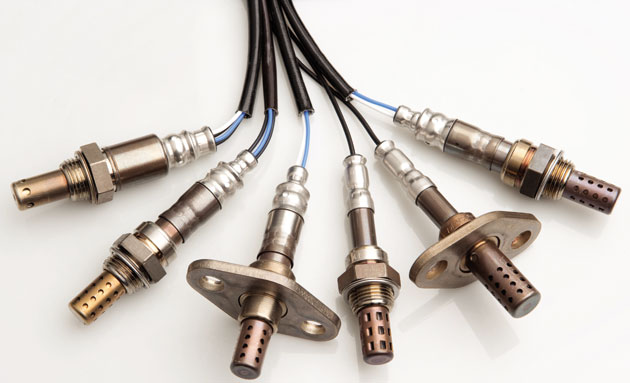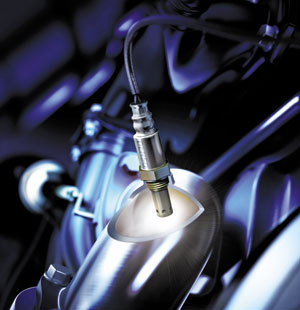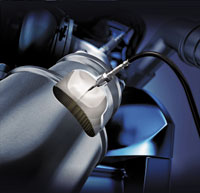
DENSO explains common lambda sensor queries & exhaust gas temperature sensors.
LOOKING INTO LAMBDA
Why replace the Lambda sensor?
Ageing Lambda sensors worsen engine performance, increase fuel consumption and may wear out the catalyst. An ageing or fouled sensor tends to have a slower response time, which can degrade system performance, so it’s vital to replace them in time to keep the engine performing as well as it should.
 What causes Lambda sensor failure?
What causes Lambda sensor failure?
When Lambda sensors are built according to OE standards the sensor usually doesn’t break down without any external cause. A sensor normally becomes defective as a result of either physical breakage – due to mechanical impact – or contamination.
How often should Lambda sensors be replaced?
DENSO recommends changing a car’s Lambda sensors as often as specified by the VM. But Lambda sensors should also be checked for function and efficiency at every vehicle check-up. An engine that’s old or showing signs of excessive oil consumption will need the Lambda sensors changed at shorter intervals than specified.
How do I spot a faulty Lambda sensor?
As well as physical deficiencies, an incompatible or sub-quality sensor often displays a significant difference in functionality, creating new difficulties with the vehicle’s on-board diagnostic systems. This, in turn, can lead to ‘phantom problems’ and an expensive, pointless search for the cause.
EXPLORING EGTS
The Exhaust Gas Temperature Sensor (EGTS), which is located in front of the Diesel Oxidation Catalyst (DOC) and/or in front of the Diesel Particulate Filter (DPF), detects exhaust gas temperature, converts it into a voltage and feeds that voltage signal back to the engine ECU, in order to control engine conditions and effectively reduce emissions.
Due to the improved temperature detection achieved by the EGTS, post combustion fuel injection is closely controlled and the amount of particulate matter in the DPF is accurately estimated – allowing effective ‘regeneration’ of the DPF.
 This results in cleaner emissions and increased fuel efficiency, as less fuel is required in the DPF regeneration process. In addition, the temperature of the catalytic converter is controlled, protecting it from overheating and reducing deterioration of the catalyst.
This results in cleaner emissions and increased fuel efficiency, as less fuel is required in the DPF regeneration process. In addition, the temperature of the catalytic converter is controlled, protecting it from overheating and reducing deterioration of the catalyst.
DENSO’s own range of EGTS products feature precise monitoring of the engine’s function, thereby enabling higher engine performance, lower emissions and reduced fuel consumption.
The highly responsive, yet compact sensors are able to detect temperature ranges from – 40°C to 1,000°C, detecting temperatures within ±10° of the actual temperature. It also takes less than seven seconds to change from room temperature to 1,000°C.
With 11 part numbers – covering 46 OE part number references, 211 vehicle applications and more than four million vehicles – the product range covers BMW applications that are exclusive to DENSO.









